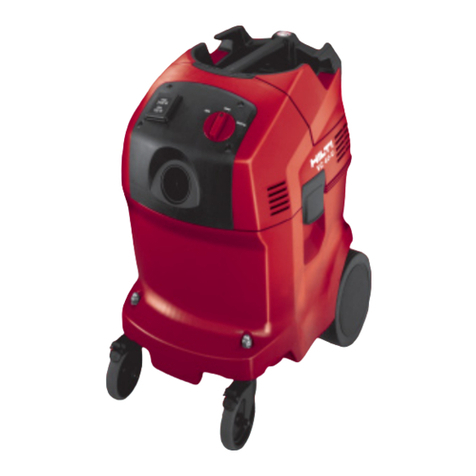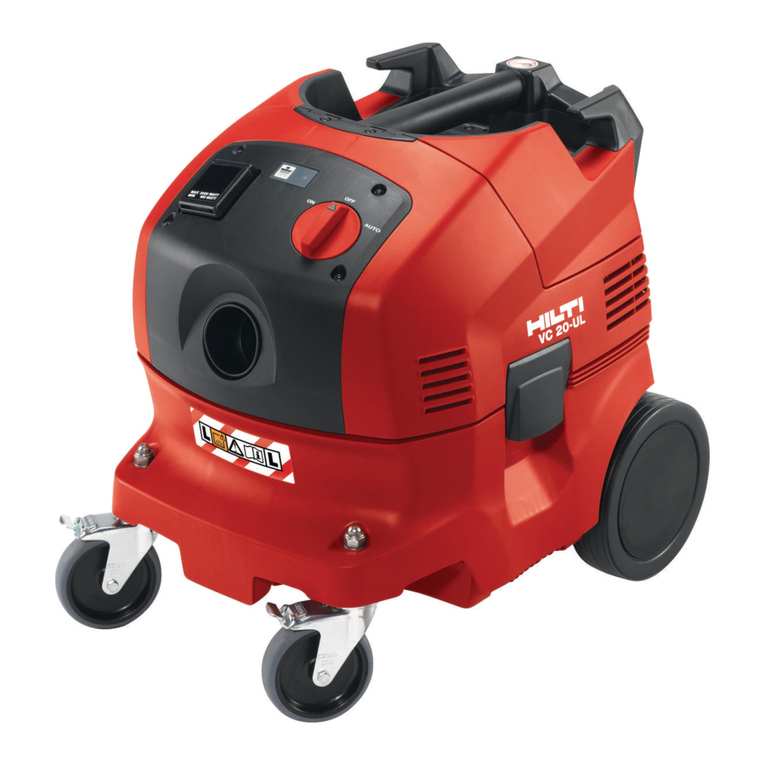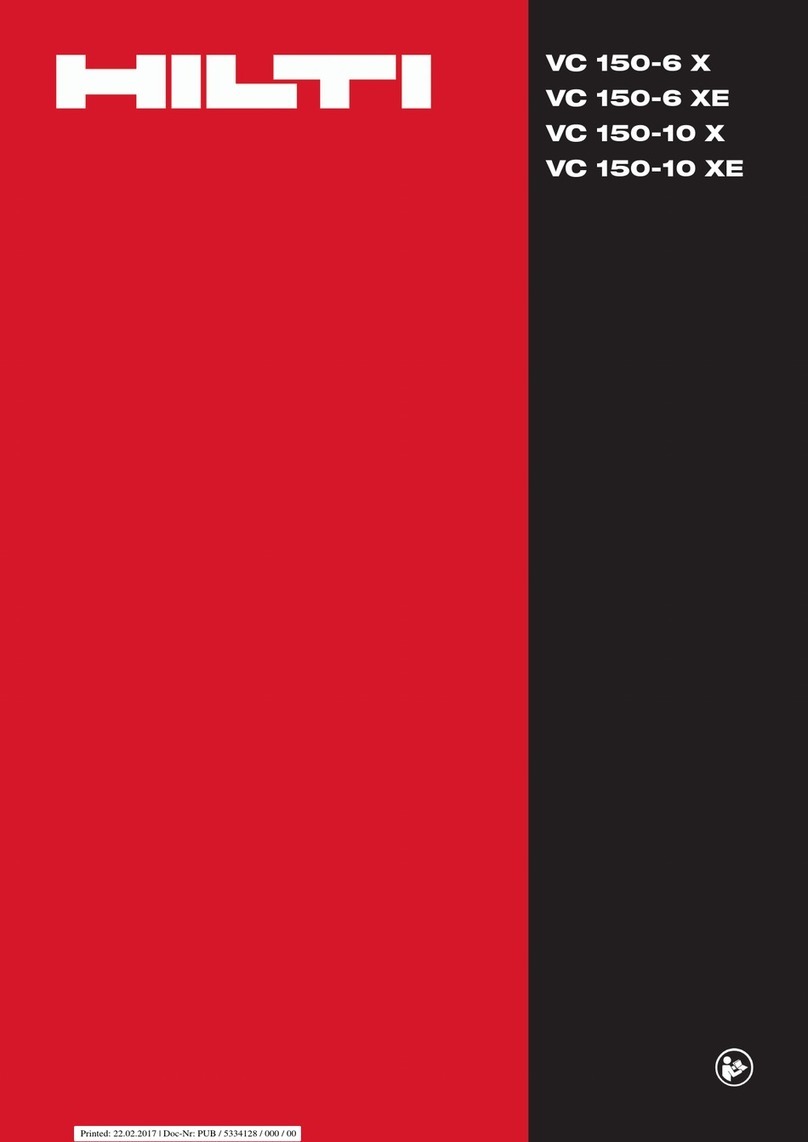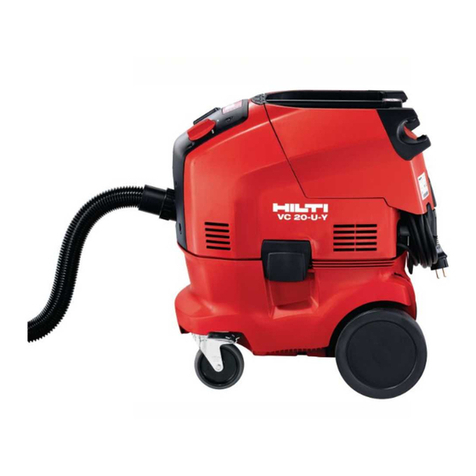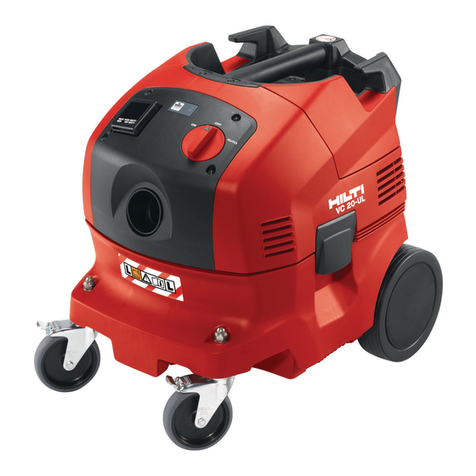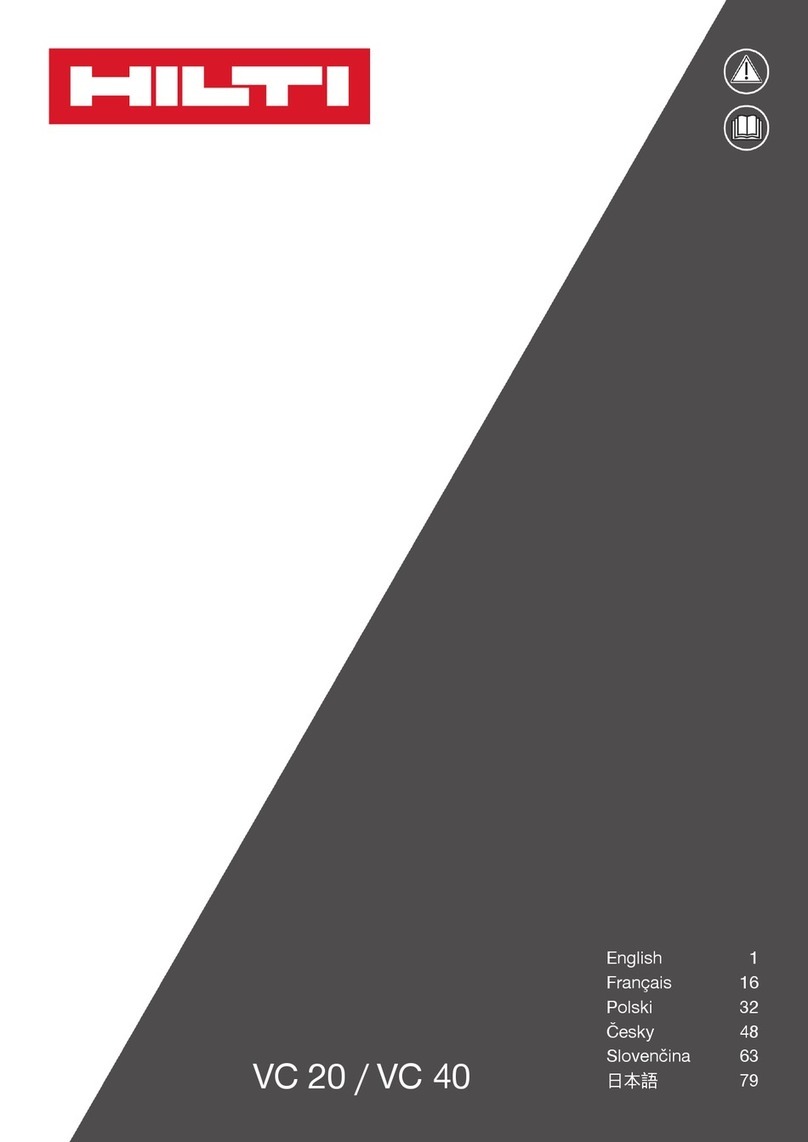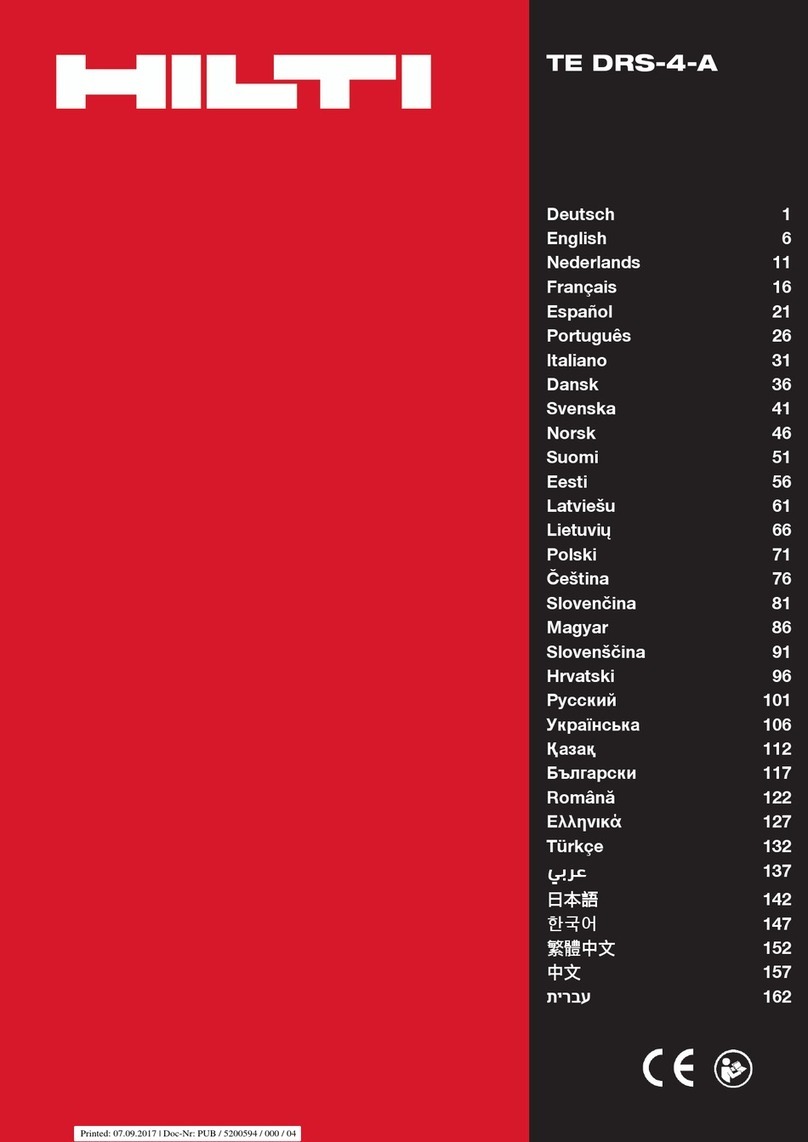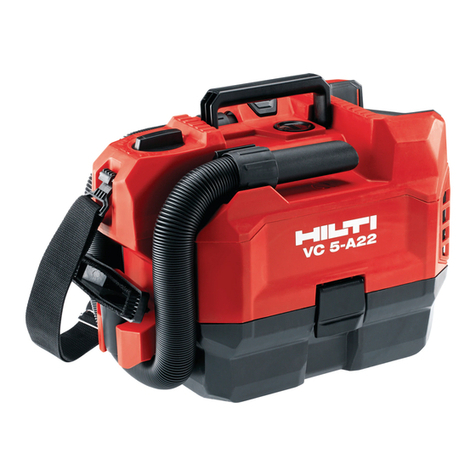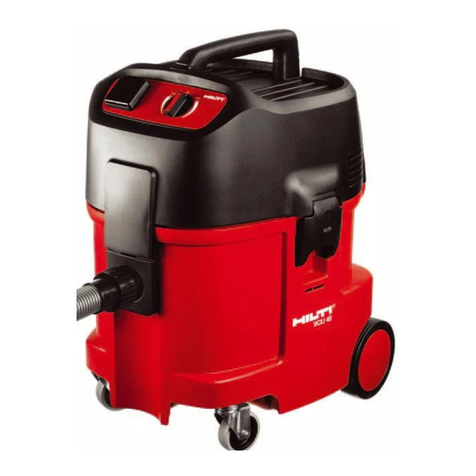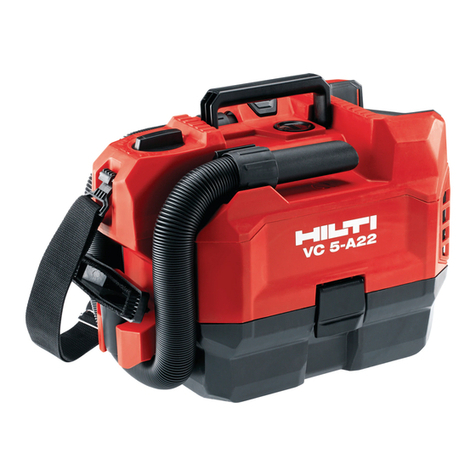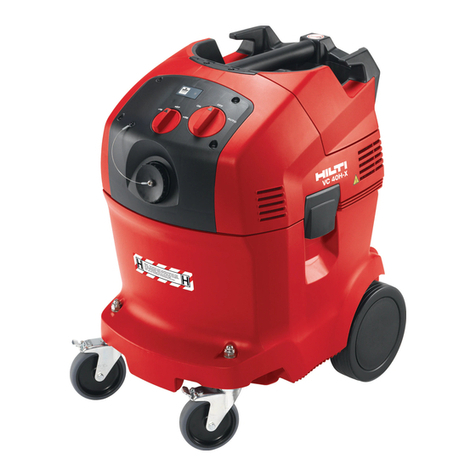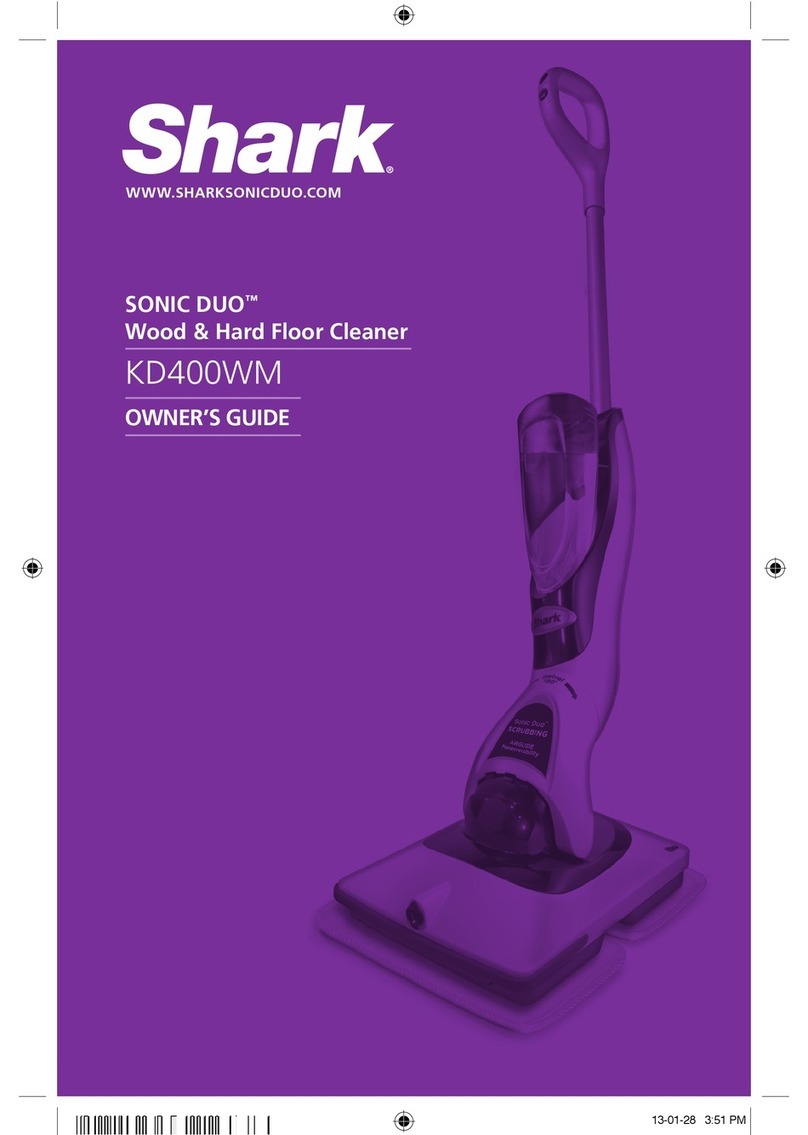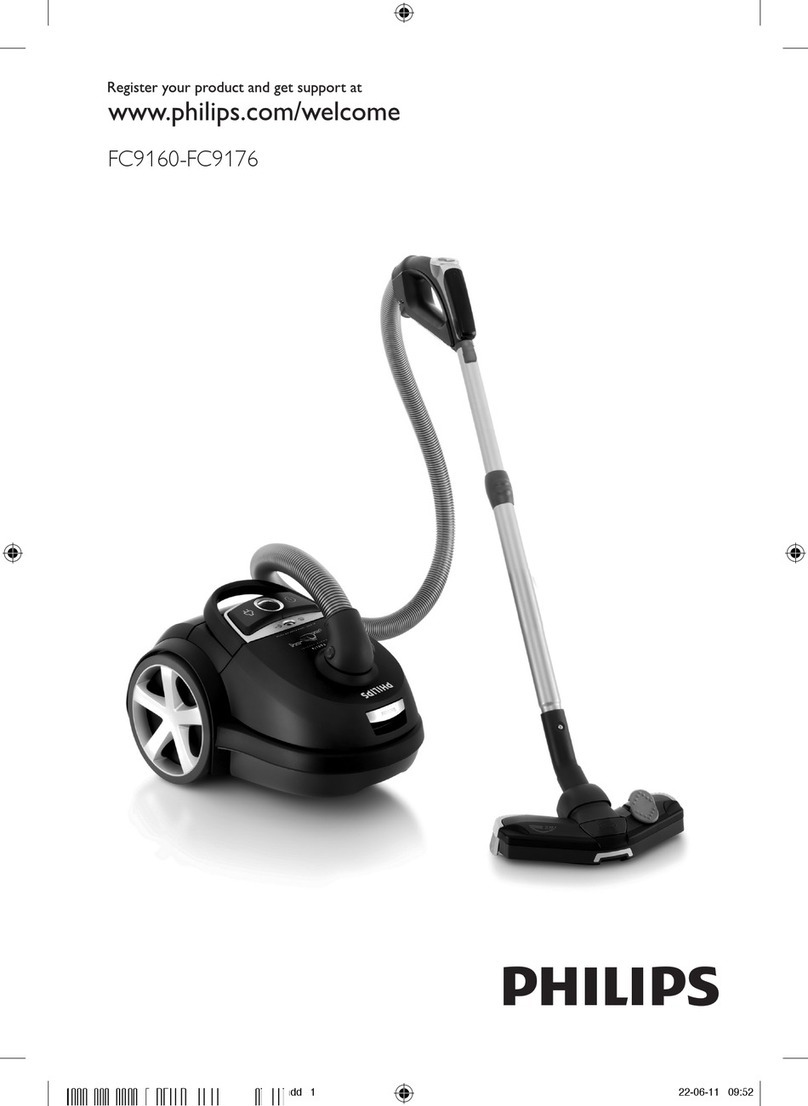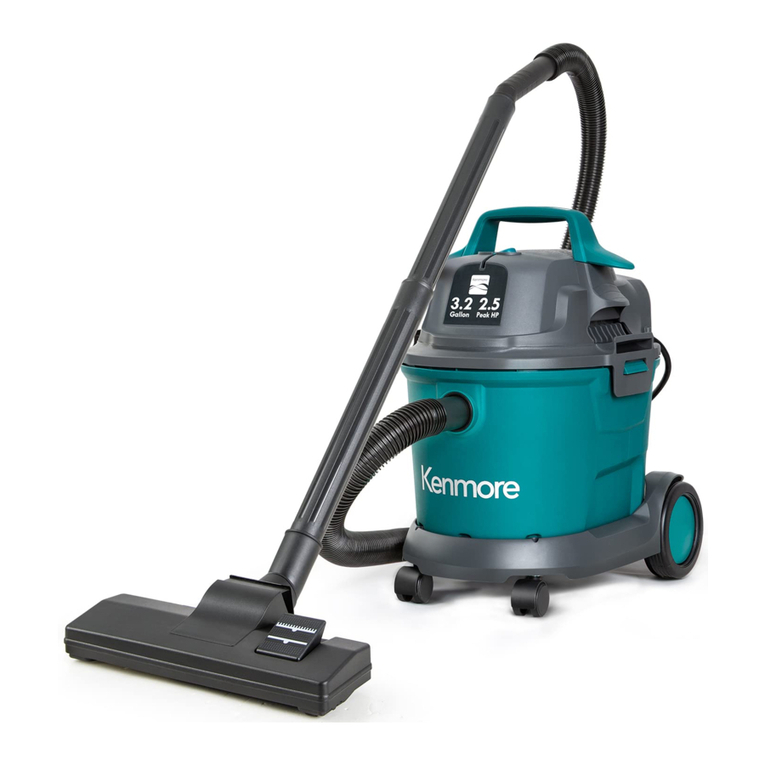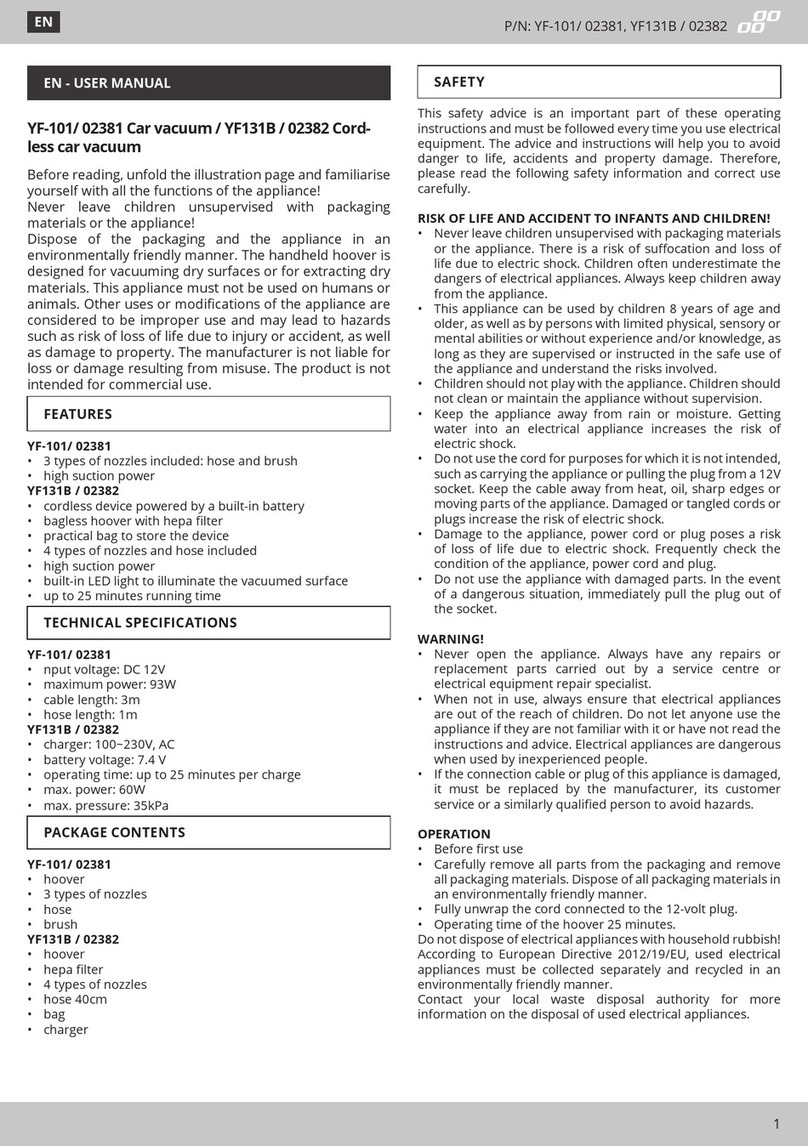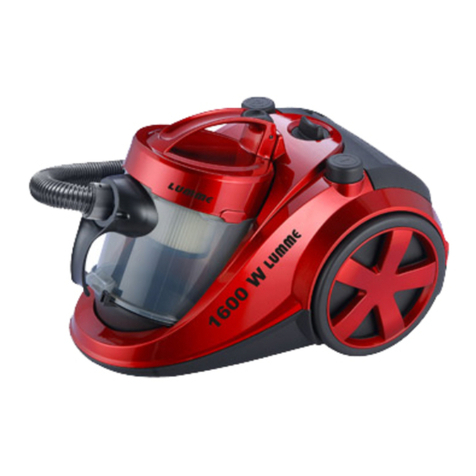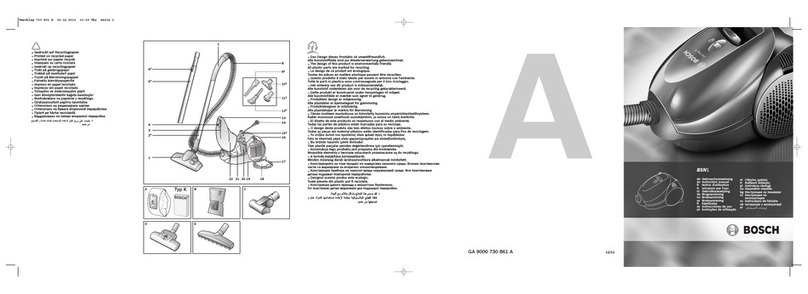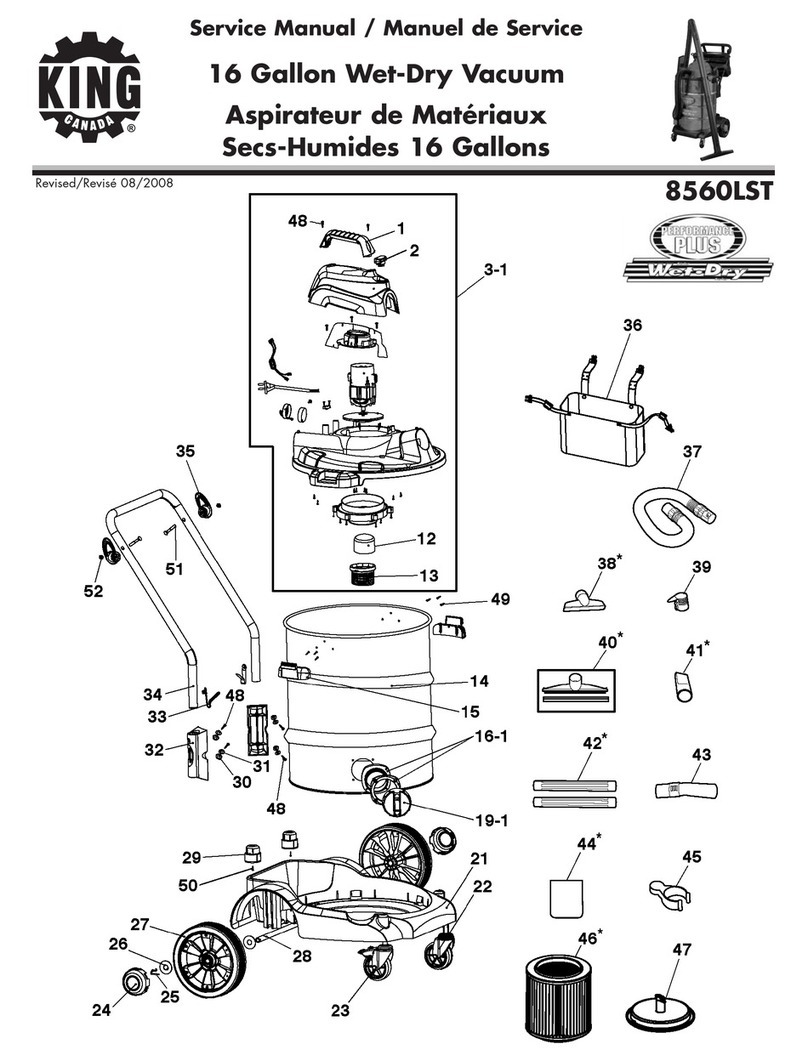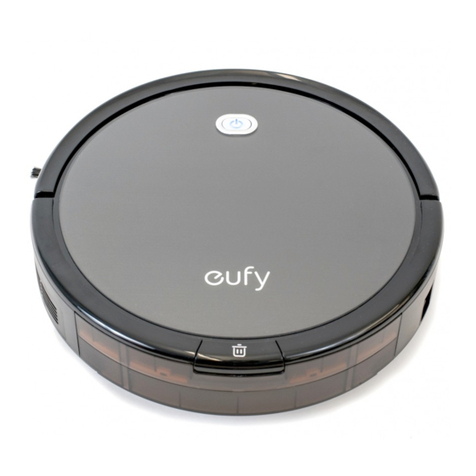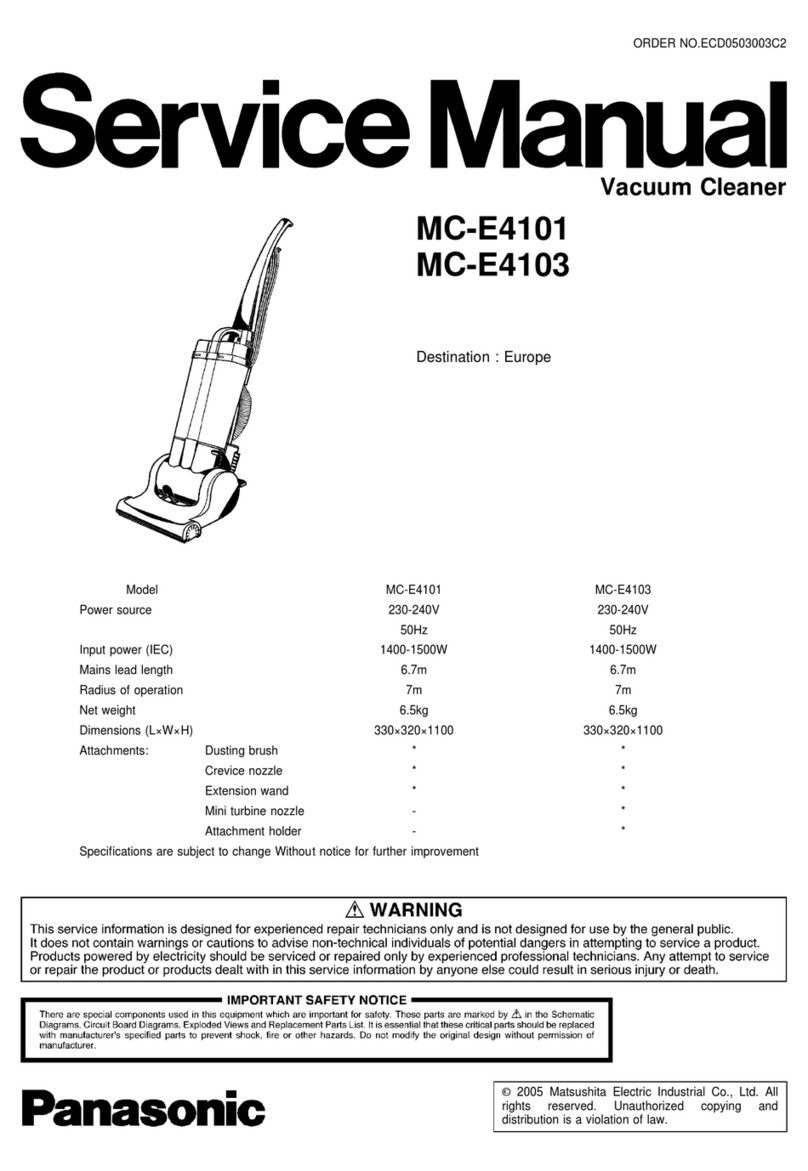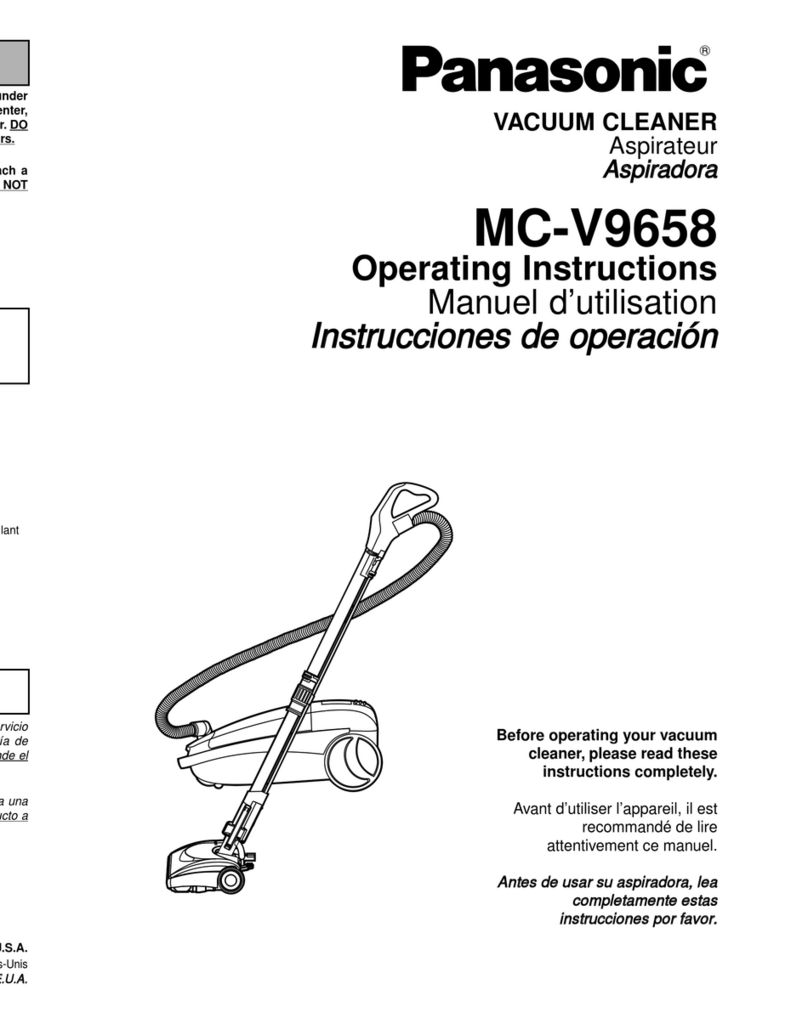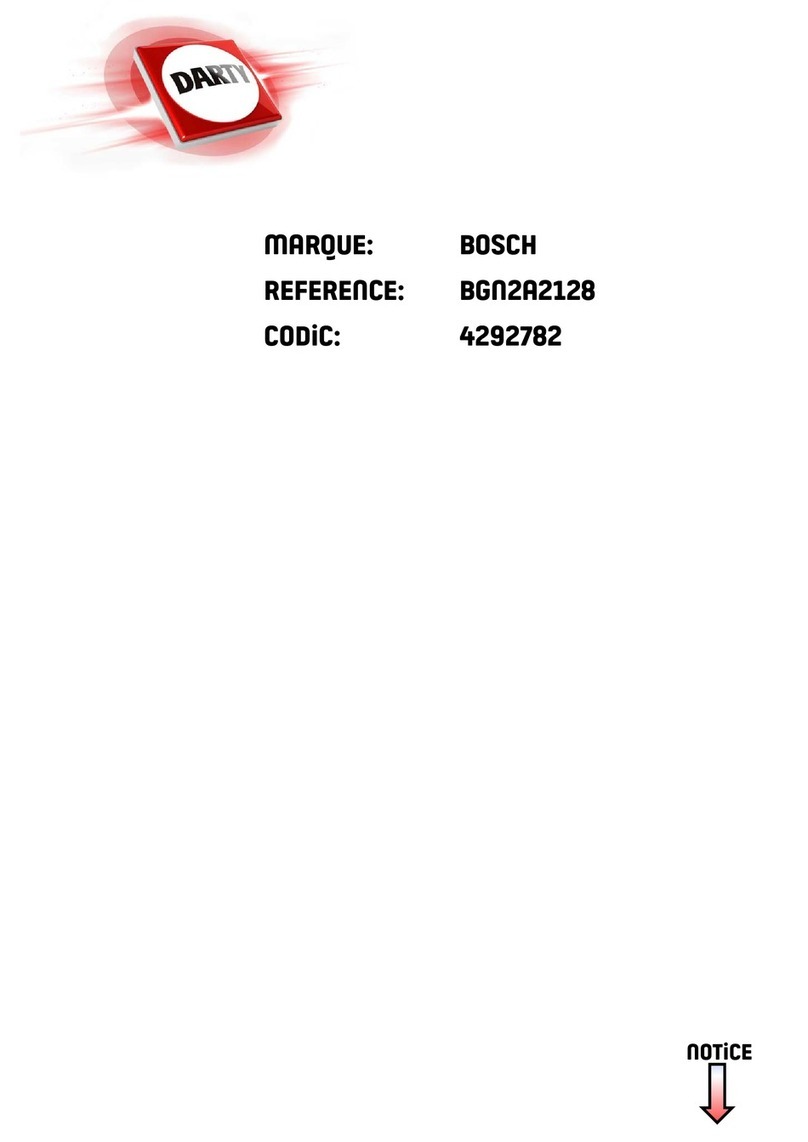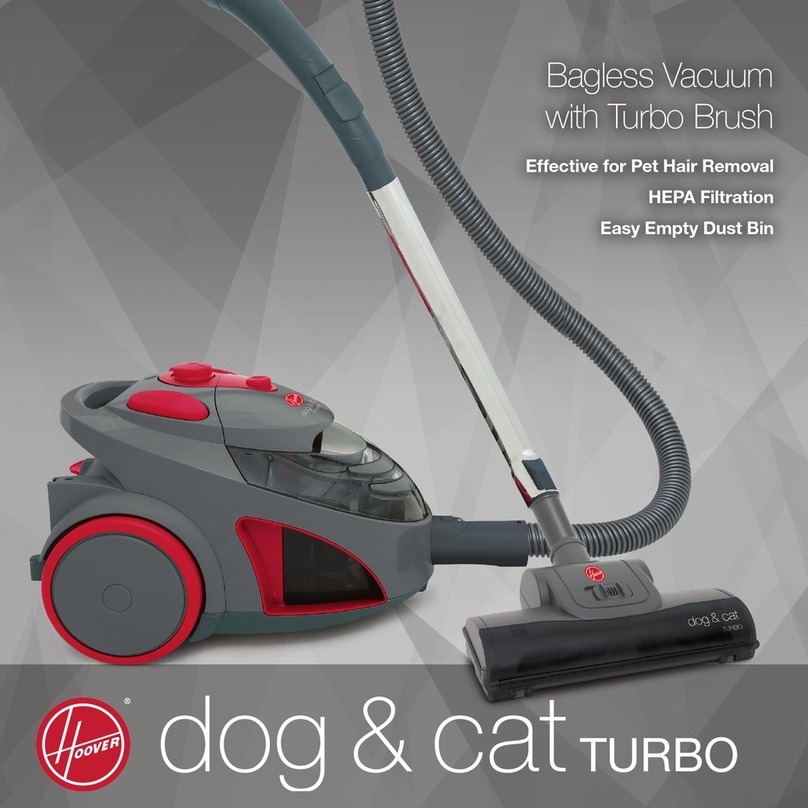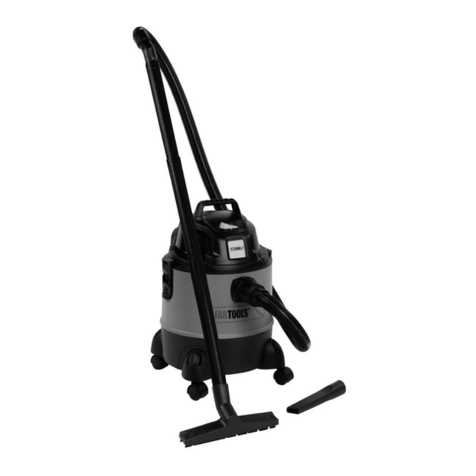
*2268128* 2268128 English 3
▶Before beginning work with the appliance, find out how to operate it correctly and about any
hazards associated with the materials it will be picking up and how these materials can be
disposed of.
▶Take the influences of the surrounding area into account. Do not use the appliance where there is
a risk of fire or explosion.
▶The appliance may only be used by persons who are familiar with it, have been trained on how to
use it safely and who understand the resulting hazards. The appliance is not intended for use by
children. Children must be supervised in order to ensure that they don’t play with the appliance.
▶Store appliances in a secure place when not in use. When not in use, appliances must be stored
in a dry, high place or locked away out of reach of children.
2.3 Personal safety
▶Stay alert, watch what you are doing and use common sense when working with the product.
Do not use the vacuum cleaner while you are tired or under the influence of drugs, alcohol or
medication. A moment of inattention while operating the appliance may result in serious personal injury.
▶The user and any other persons in the vicinity must wear suitable eye protection, a hard hat, ear
protection, protective gloves, safety footwear and breathing protection while the appliance is in
use or while maintenance work on it is being carried out.
▶Make sure that the vacuum cleaner cannot roll away or fall.
▶Engage the wheel brakes so that the vacuum cleaner stands securely. If the wheel brakes are
disengaged the vacuum cleaner may run away out of control.
▶Observe the accident prevention regulations applicable in your country.
▶If devices are provided for the connection of dust extraction and collection facilities, ensure these
are connected and properly used. Use of a vacuum cleaner can reduce dust-related hazards.
2.4 Use and care of the appliance
▶Never leave the appliance unattended.
▶Do not deactivate the filter cleaning system when vacuuming up hazardous dusts, especially when
the appliance is used in combination with power tools that generate dust.
▶Protect the appliance from frost.
▶Clean the water level limiting device regularly with a brush, in accordance with the instructions,
and check it for signs of damage.
▶When fitting the suction head on to the vacuum cleaner, take care to avoid pinching your fingers
or damaging the supply cord. This presents a risk of injury or damage.
▶Check the appliance and its accessories for any damage. Guards, safety devices and any slightly
damaged parts must be checked carefully to ensure that they function faultlessly and as intended.
Check that moving parts function faultlessly, without sticking, and that no parts are damaged. In
order to ensure faultless operation of the appliance, all parts must be fitted correctly and must
meet the necessary requirements.
▶Have the appliance serviced by a qualified repair person using only genuine Hilti spare parts. The
safety of the appliance can thus be maintained.
▶Always unplug the supply cord from the power outlet when the appliance is not in use (during
breaks), before cleaning and maintenance and before changing the filter or accessories. This
preventive safety measure reduces the risk of starting the appliance accidentally.
▶Never pull the vacuum cleaner by the supply cord to a new working position. Do not run the wheels
of the vacuum cleaner over the supply cord.
▶Do not transport the appliance by crane.
2.5 Electrical safety
▶The plug on the supply cord of the appliance must match the outlet. Do not change the plug in any
way. Do not use adapter plugs with earthed (grounded) appliances. Unmodified plugs and matching
outlets reduce risk of electric shock.
▶Insert the plug in a suitable earthed/grounded power outlet which has been correctly and safely
installed and is in compliance with local regulations. If you are in doubt about the effectiveness of
the power outlet’s earth/ground connection, have it checked by a qualified specialist.
▶Avoid body contact with earthed or grounded surfaces such as pipes, radiators, cookers, stoves
and refrigerators. There is an increased risk of electric shock if your body is grounded.
